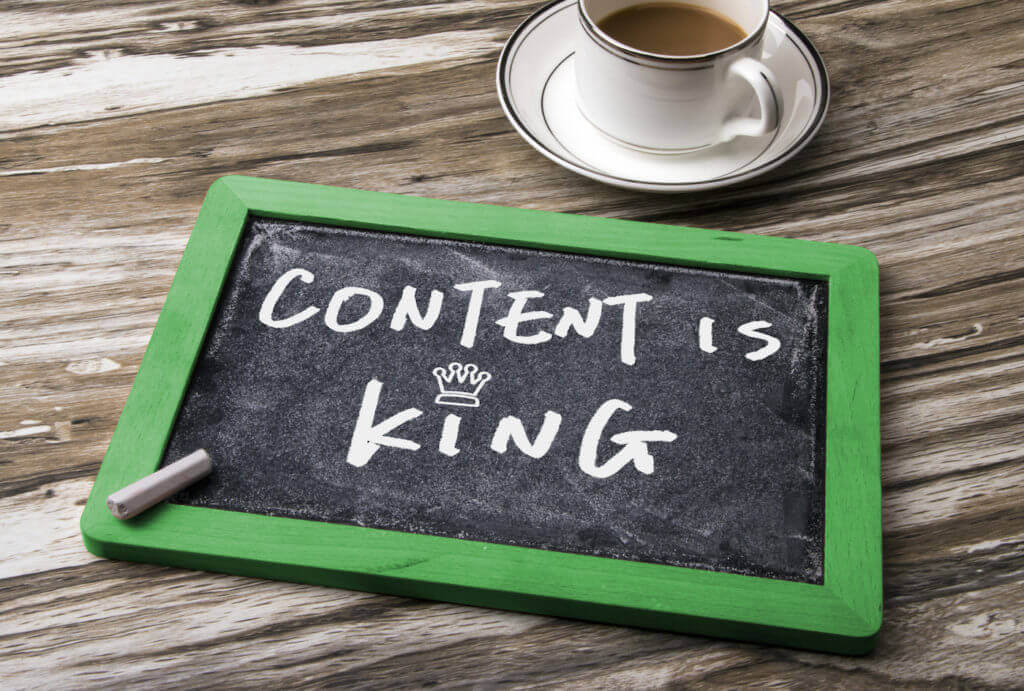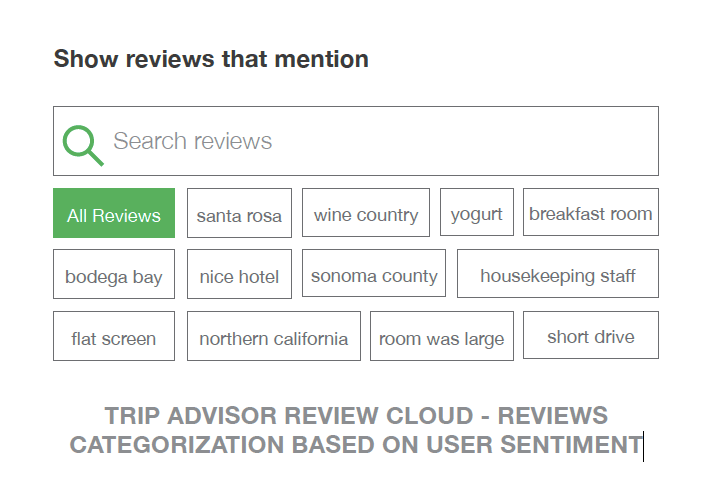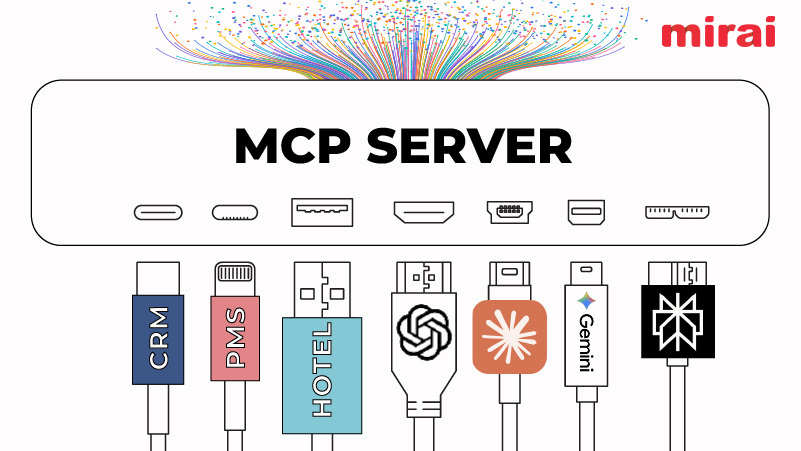
In 2017, digital marketing saw a shift in content strategy toward a more personalized and intent-based approach to user experience. For an online business to win market share in 2018, each phase of the customer journey will require a well-planned and integrated content strategy – from consumer planning and “discovery” stages to booking and post-purchase. Your business goals, strategies, social channels, and all digital assets should be aligned with a content strategy built around search trends and engaging customers in meaningful, personal, and dynamic ways:
ALIGN CONTENT WITH USER SENTIMENT
Leverage customer sentiment about your business and your competitors to create engaging, user-focused content. Monitor review sites like Trip Advisor to identify the online conversation and see what customers love about you, their concerns, and what they like about your competition.

Leverage this sentiment data in your content strategies through personalized content based on online chatter, what customers are emotionally invested in, and by providing solutions to questions you gleaned from your online reviews. Review sites like Trip Advisor often bucket reviews based on user sentiments. This can be an easy way to start building /enhancing your content strategy.
ALIGN DIGITAL ASSETS WITH CONTENT
Create digital assets that fit the needs of customers. FAQs, event calendars, destination guides, blogs and videos help create informational content and help in improving ranking, engagement, and boost the relevancy of your website.
BUILD CONVERSATIONAL CONTENT TO GET TO “POSITION 0”
With the continued rise of voice search and with mobile-first indexing in place, Google will increasingly rely on artificial intelligence and machine learning to pull information from websites right into the SERPs in the form of featured answers. Search engines now prioritize content based on a searcher’s intent rather than a string of keywords. So, optimizing your sites for semantic search means creating content based on the intent of the user’s query.




